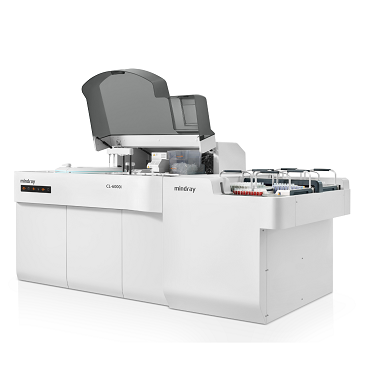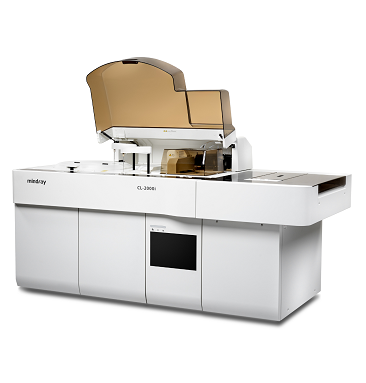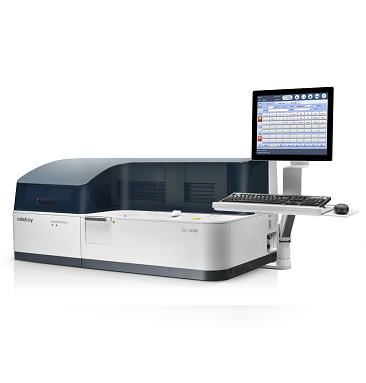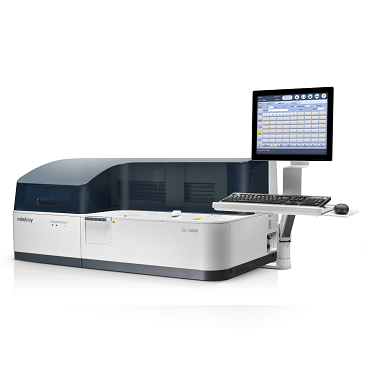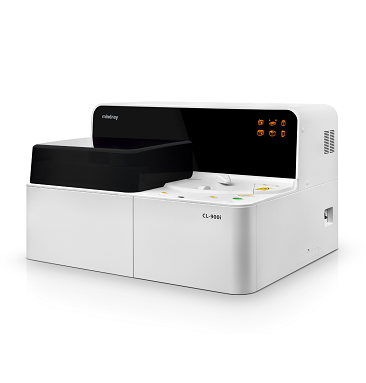Human epididymis protein 4 (HE4) is a glycoprotein on the normal glandular epithelia that line the reproductive tracts, renal tubules, and respiratory tracts. It is a remarkable biomarker for the diagnosis of cancers in women, especially ovarian cancer and endometrial cancer.[1]
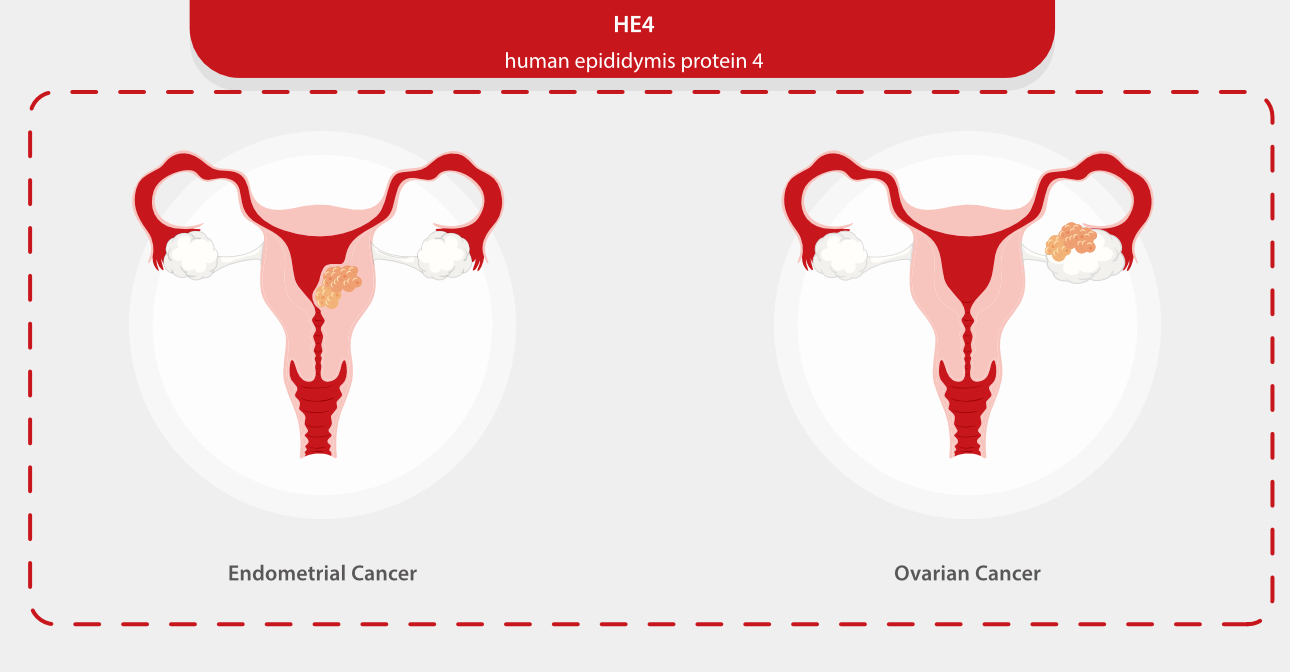
According to the American Cancer Society, ovarian cancer ranks fifth in the causes of cancer deaths among women. The number of deaths is more than any other cancer of the reproductive system in women. During a woman's lifetime, the risk of developing ovarian cancer is about 1:78 and the chance of dying from ovarian cancer is about 1:108.[2]
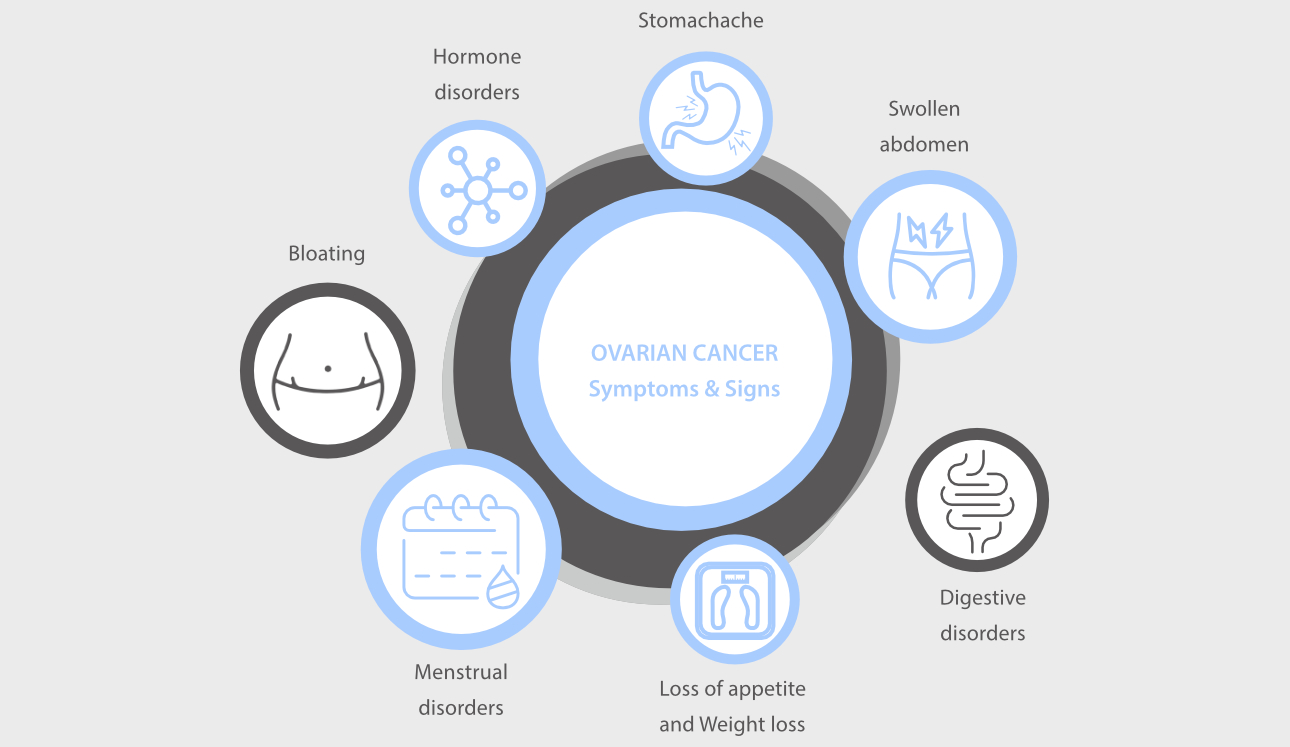
HE4 is a biomarker related to ovarian cancer and is being studied extensively. The National Academy of Clinical Biochemistry Laboratory Medicine Practice Guidelines proposed HE4 for differential diagnosis of pelvic masses and monitoring therapy of ovarian cancer.

HE4 can be used to distinguish ovarian cancer from other gynecologic conditions. Examples are endometriosis and benign ovarian cysts, both of which are identified with identical symptoms.[4] HE4 facilitates a more accurate diagnosis and the determination of appropriate treatments.
HE4 is helpful in monitoring therapy for ovarian cancer. Together with CA-125, HE4 can improve the specificity for ovarian cancer detection.[4] This contributes to the early detection and monitoring of ovarian cancer.

HE4 is also of great significance in ovarian cancer prognosis.[6]
In general, HE4 is a valuable biomarker that can be used in various clinical applications to facilitate diagnosis, monitoring, treatment outcomes, and prognosis for patients with ovarian cancer.
Besides ovarian cancer, endometrial carcinoma is another common malignancy of the reproductive system in women. In the United States, the prevalence of endometrial cancer is 25.7 per 100,000 women per year and the risk of developing endometrial cancer in a lifetime is approximately 2.8%.[7]
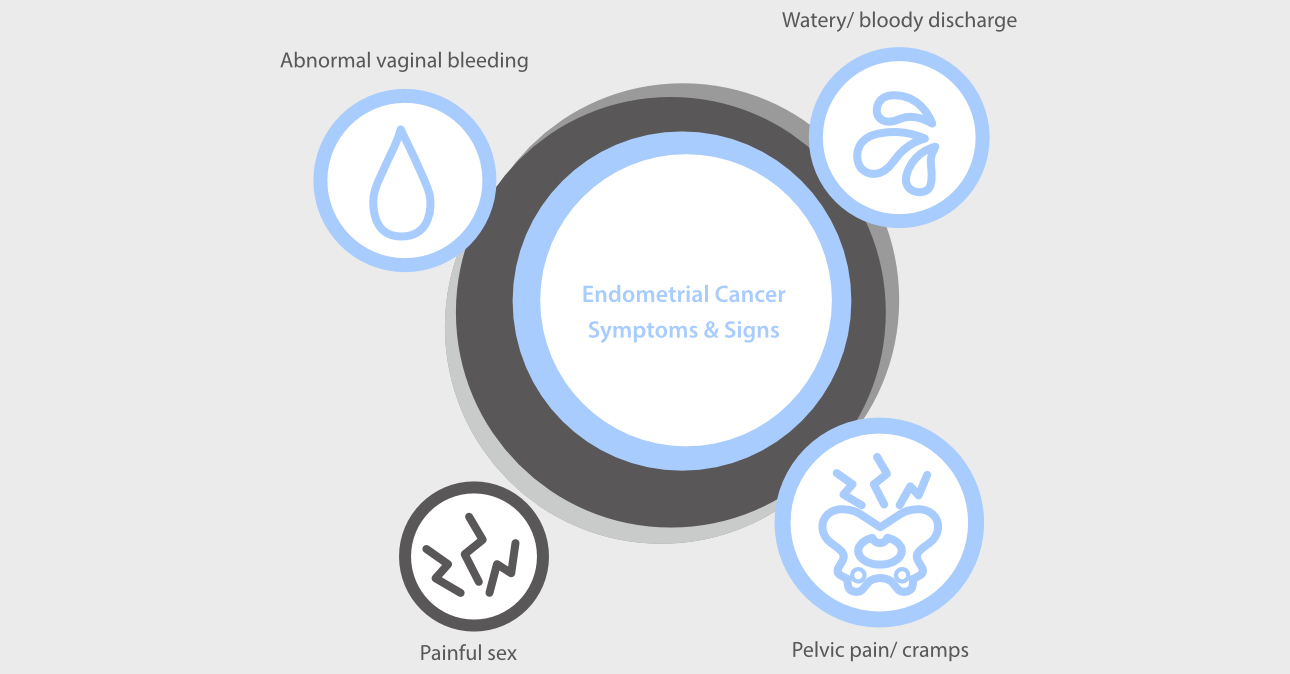
HE4 was primarily studied as a biomarker related to ovarian cancer, but recently there have been studies on its clinical application in endometrial cancer.
HE4 can be used as a biomarker for endometrial cancer detection and monitoring. HE4 level is elevated in endometrial cancer patients, so monitoring the HE4 level can help detect the recurrence and monitor treatment response.[8]
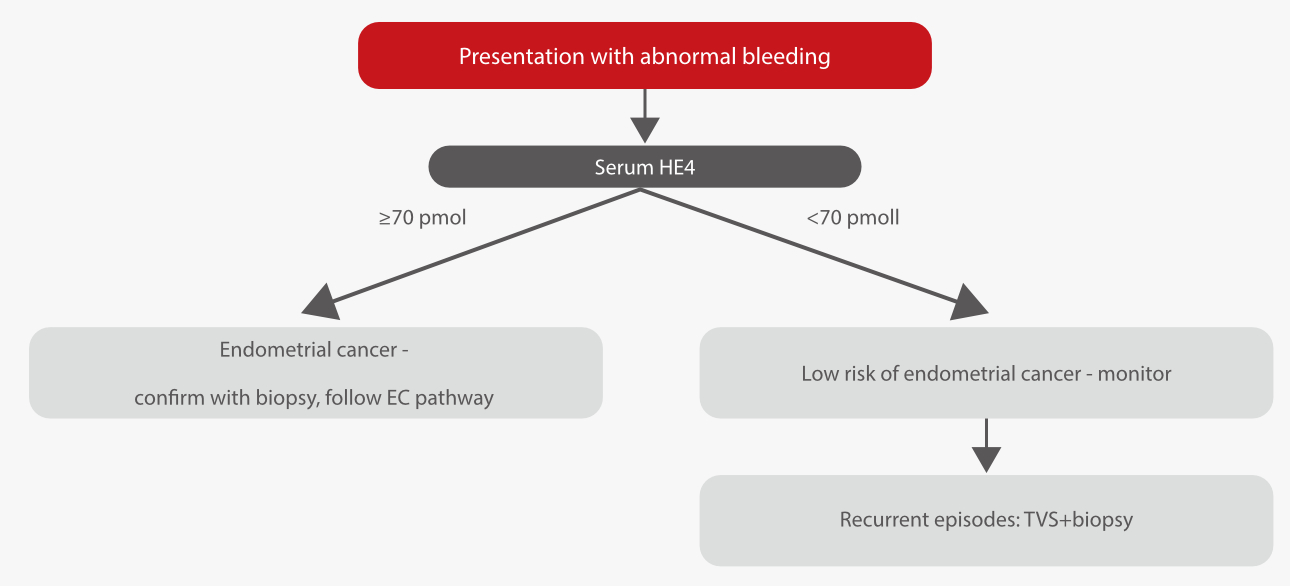
HE4 level is also used to predict the prognosis of patients with endometrial cancer. A high level of HE4 may indicate a poor prognosis, including a shorter progression-free survival and overall survival.[9]
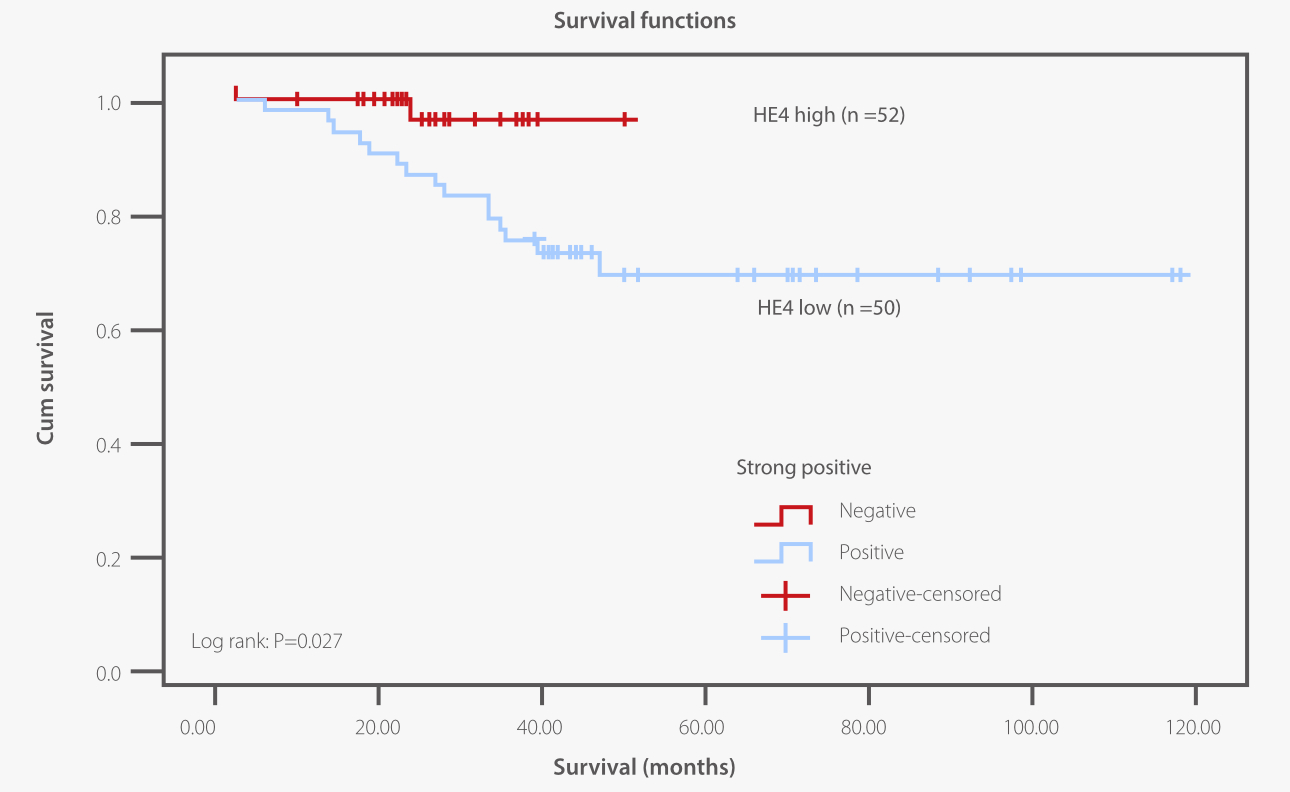
HE4 is a useful biomarker for diagnosing and monitoring endometrial cancer recurrence, especially when used together with CA125.[10]


These studies suggested that HE4 may be a useful biomarker for endometrial cancer diagnosis, prognosis, and monitoring, especially when used together with CA125.
With Mindray's consistent efforts in developing high-quality immunoassay products, we now provide comprehensive diagnostic solutions for cancers in women, based on not only HE4 but also CA125, CA15-3, FPSA, and SCCA, to meet different clinical needs of our customers.

References
[1] Human Epididymis Protein 4, Cynthia C. Chernecky PhD, RN, CNS, AOCN, FAAN, in Laboratory Tests and Diagnostic Procedures, 2013
[2] https://www.cancer.org/cancer/ovarian-cancer/ about/key-statistics.html
[3] "National Academy of Clinical Biochemistry laboratory medicine practice guidelines for use of tumor markers in testicular, prostate, colorectal, breast, and ovarian cancers. Sturgeon CM, Duffy MJ, Stenman UH, National Academy of Clinical Biochemistry. Clin Chem. 54:e11-79, 2008." Americanmedicaltechnologists:11.:2(2009).
[4] Granato, T. , et al. "HE4 in the differential diagnosis of ovarian masses." Clinica Chimica Acta (2015).
[5] The use of multiple novel tumor biomarkers for the detection of ovarian carcinoma in patients with a pelvic mass. Gynecol Oncol. 2008 Feb;108(2):402-8. doi: 10.1016/j.ygyno.2007.10.017.
[6] Gyrgy Slétormos, et al. "Clinical Use of Cancer Biomarkers in Epithelial Ovarian Cancer: Updated Guidelines From the European Group on Tumor Markers." International Journal of Gynecological Cancer 26.1(2015).
[7] Mahdy H, Casey MJ, Crotzer D. Endometrial Cancer.
Sep 26, 2022
[8] The role of biomarkers in endometrial cancer and hyperplasia: a literature review. Acta Oncol. 2019 Mar;58 (3):342-352.
[9] Expression of HE4 in Endometrial Cancer and Its Clinical Significance. Biomed Res Int. 2015;2015:437468.
[10] Serum HE4 and CA125 combined to predict and monitor recurrence of type II endometrial carcinoma. Sci Rep. 2021 Nov 4;11(1):21694.
[11] Value of HE4 combined with cancer Antigen 125 in the diagnosis of Endometrial Cancer. Pak J Med Sci. 2017;33(4):1013-1017.

